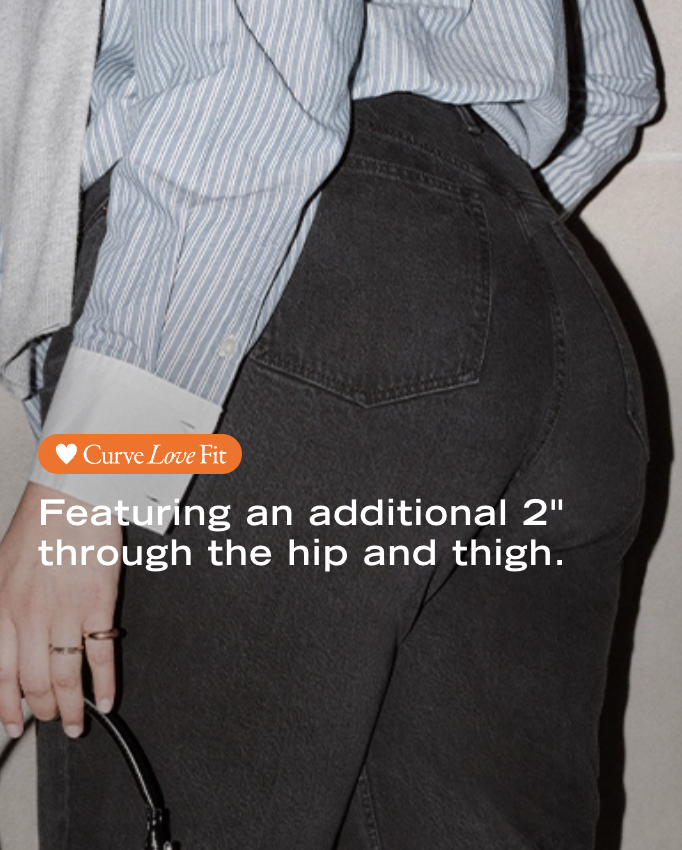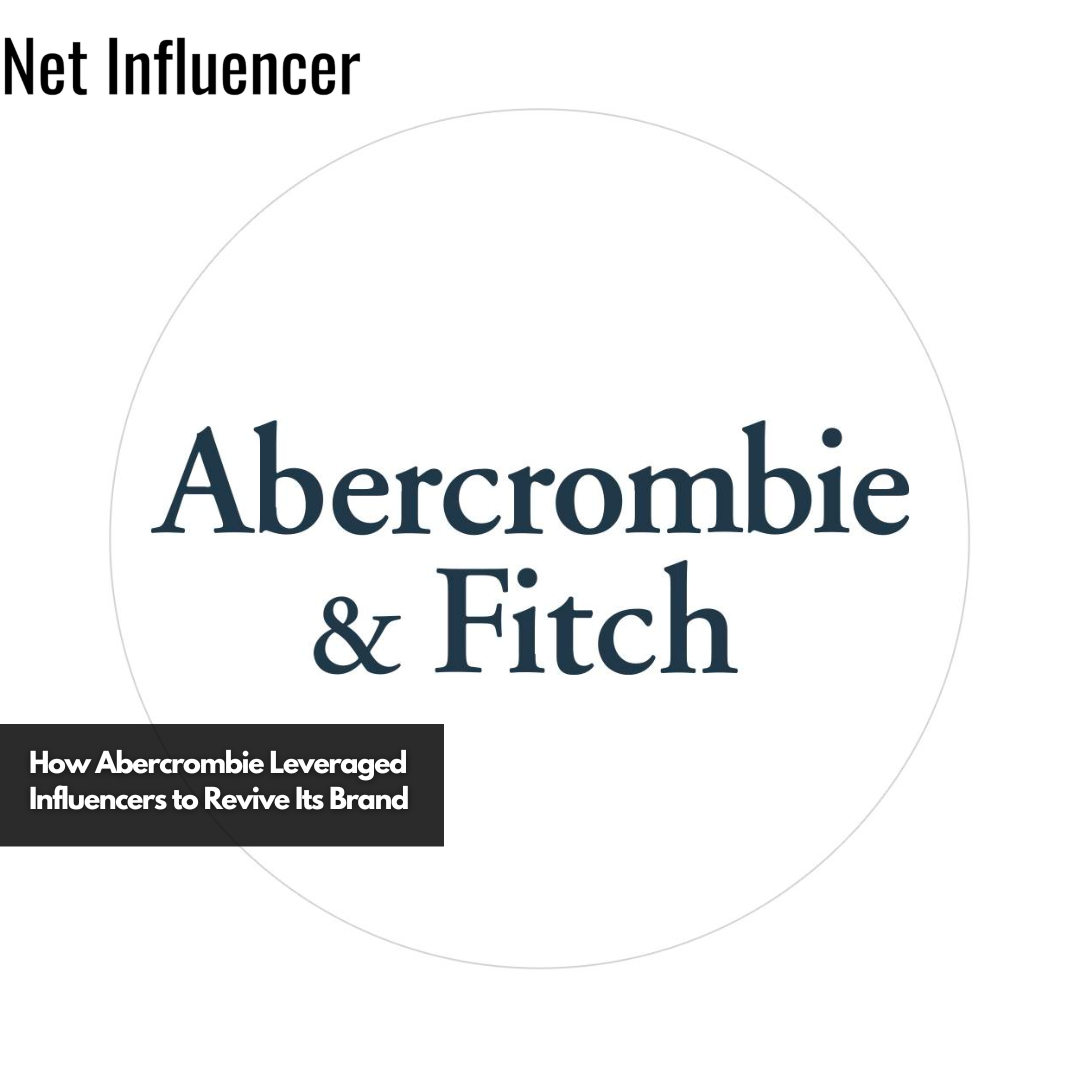Brand
How Abercrombie Leveraged Influencers to Revive Its Brand
About Abercrombie
Abercrombie and Fitch used to be the pinnacle of preppy. In the late ‘90s and early 2000s, the brand’s ab-heavy aesthetic dominated high school halls and college campuses. But after years on top, the company took a precipitous fall, thanks to bad press and changing tastes. Now, after a fallow period, the brand is back — this time on TikTok’s FYP and across Instagram reels.
The Abercrombie story is one that many struggling brands wish they could replicate — and they succeeded in large part by leveraging the power of influencers, This past year the Abercrombie hashtag was viewed more than 1.4 billion times — and Abercrombie’s stock grew by 285% year-over-year.

The Abercrombie name dates back more than 130 years. The company was founded as a sporting goods and luxury goods retailer aimed at wealthy patrons, but its latest iteration began in 1988, when L Brands, owners of The Limited and Victoria’s Secret, purchased the brand. Mike Jeffries, who served as CEO from 1992 was largely credited with reviving the brand and transforming it into a property that traded on youth, sex appeal, and aspirational preppy style. But as profits grew, so did scrutiny of Jeffries and A&F.
Jeffries didn’t help matters much. In a 2006 interview with Salon, he told reporter Benoit Denizet-Lewis that A&F’s customers were “cool, good-looking people. We don’t market to anyone other than that.”
“In every school, there are the cool and popular kids, and then there are the not-so-cool kids,” he continued “Candidly, we go after the cool kids. We go after the attractive all-American kid with a great attitude and a lot of friends. A lot of people don’t belong [in our clothes], and they can’t belong. Are we exclusionary? Absolutely.”
Jeffries’ comments led to increased scrutiny of the brand, and a precipitous reputational slide. After making $730 million in earnings in 2006, the company was down to just $23 million in earnings by 2014, when Jeffries left.
Jeffries had controlled every aspect of the brand’s identity — its sex-forward advertising campaigns, photographed by Bruce Weber, as well its “look policy,” which tacitly promoted discriminatory hiring practices. But by the early 2010s, the A&F emphasis on slim, conventionally attractive, and mostly white bodies was considered passé, and sales declined.
That’s when Fran Horowitz took over. Horowitz became CEO in 2017 and pivoted the brand toward inclusivity and diversity in an effort to appeal to Gen Z and millennial customers.
Gen Z is “very transparent, they want realness,” Megan Brophy, Abercrombie’s VP of brand marketing, told the Lead Innovation Summit in July. “They want a little bit of messiness, and they don’t want things to be perfect” whereas millennials tend to want “a little more narrative and a little more story, a little more aspiration.”
At the end of 2023, Abercrombie launched its creator’s program, offering special early access to collections, discounts, and gifted products. In order to qualify, creators must have more than 2,500 followers, a relatively low bar.
“If you can own denim then you can own the world.”
But the vast majority of its social reputation has been built organically, Leah Spector, the director of communications at creator marketing company CreatorIQ, told Net Influencer.
CreatorIQ uses the proprietary metric of earned media value to quantify the estimated value of a company’s earned digital media. Earned media value takes into account the number of posts, size of influencers mentioning the product, engagement rate, and clicks. Spector said EMV can often predict how revenue will grow.
Abercrombie will often partner with creators who have already organically posted about the brand, a smart move because “viewers really can tell when it’s just a one-off sponsored post and it doesn’t seem authentic, versus when a creator consistently talks about that brand and talks about how much they love them over, you know, a long period of time,” Spector said. “That’s just more effective.”
Only 2% of social media posts mentioning Abercrombie in 2023 were sponsored content. However, according to Spector, those few sponsored posts had the highest engagement and value for the brand. The top 20 Abercrombie-related posts last year came from social media creators who had an established, long-standing relationship with Abercrombie.
Abercrombie’s biggest social win has come from its “Curve Love” line, a size-inclusive denim line that’s won fans across the internet. According to Spector, more than 50% of all creator posts last year were from people touting the collection.

“The first tenet that we talk about with any brand doing influencer marketing, the number one most important thing, is make sure you have a great product that people want to talk about. With Abercrcombie, that’s their denim. It’s their inclusive sizing. It’s a more diverse range of people wearing their products.”
Abercrombie saw a huge spike in interest because “they were paying attention to what people were asking for, which is denim that fit better and with a more wide range of sizing. If you can sell a woman a pair of jeans, she’s going to spend more money in your store because that is the biggest pain point,” Spector said. “If you can own denim then you can own the world.”
Where Abercrombie once aspired to be the home of washboard abs, they’ve now pushed for size acceptance. Some of the brand’s most popular hashtags include “size inclusivity,” “plus size style” and “effortless chic.”
In 2022, social media influencers promoted Abercrombie’s $88 strappy plunge corset maxi dress extensively. The dress sold out multiple times due to this exposure. Influencers noted how the dress was flattering across multiple body types, a stark contrast to Abercrombie’s previous narrow branding ten years prior that only showcased certain body types.
One post on the dress garnered 86,000 likes.
They’ve also learned to trust their customers and the creators they partner with.
Once a partnership is established, A&F marketing VP Brophy said the brand is fairly hands off. They’ll give talking points on the product, but then leave it up to the creator to decide how they want to message them.
“It’s really about ensuring that anyone can feel like this brand can be a part of their life and their lifestyle,” Brophy said in July. “At the end of the day, we’re all humans, we all have influence, and we all consume. So it’s really about creating some content that resonates.”













